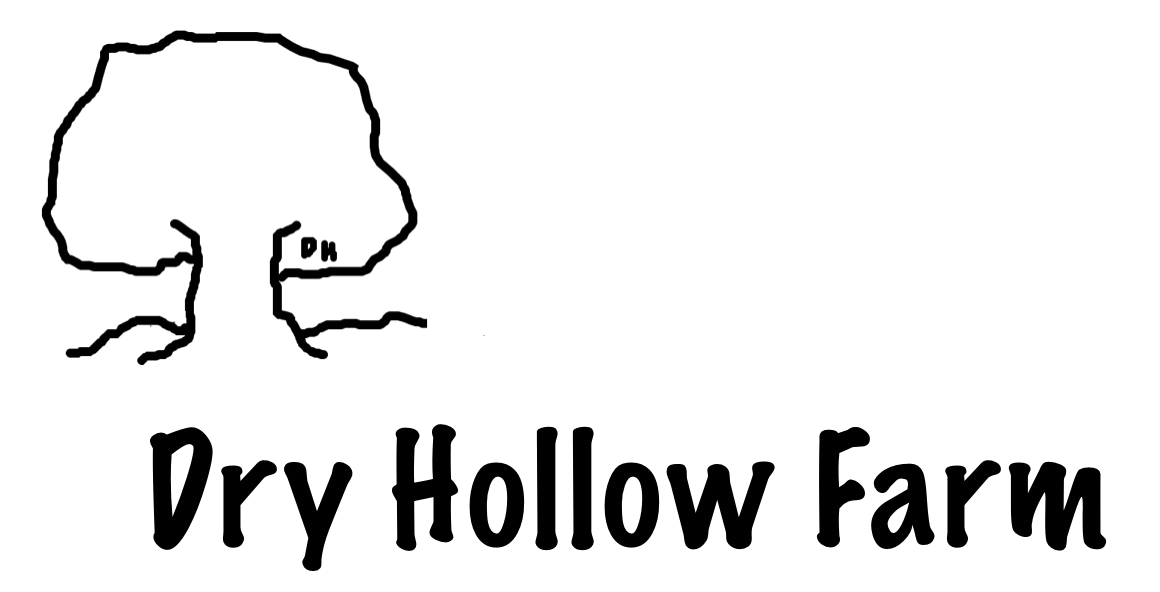The Luffa Harvest
Sometime before the first frost, we harvest our luffa gourds. A frost will immediately kill the vines and damage any remaining hanging gourds if they are not completely dry.
Depending upon the spring temperatures, by late September the vines are either finished and hanging gourds are drying brown, or scattered green gourds remain.
When harvesting luffa gourds, we wait until the husks are mostly brown before picking. The insides feel light when we hold the gourd because the vegetable’s liquid has evaporated, leaving behind the sponge-like interior. If the gourd is entirely dry, then we can hear the seeds rattling around inside when shaken.
As the gourd dries, we have a decision to make. For the whitest luffa sponge without bleaching, the gourd must be picked and dehusked before turning completely brown. However, if we want to keep the seeds for selling or planting, then the husks need to dry completely. The sponge will be beige in color and a little firmer, but will soften nicely in water for exfoliation. When the husks are entirely brown, we harvest regardless of the month. We will store the gourds as is, or can remove the husks immediately.
Usually we soak the peeled luffas in a light bleach solution in order to kill any creepy-crawlies that remain, then dry them in the sun.
At this point, the luffas are ready to use. Although we occasionally sell them raw, most are used in one of the two following products.
First, we use luffa gourds in soap making. We make several varieties of pet shampoo bars with embedded luffa for added skin exfoliation. We also produce shaped luffa soaps that we advertise as gardener’s soap for deep skin cleaning.
Second, we create luffa firestarters that burn hot enough to start any kind of fire - in a firepit, fireplace, or wherever! We add a little fragrance which makes them especially nice for home use.
The challenge is watching for the first frost which signals the end of the luffa vine growing season. The vines turn black by morning, and any hanging gourds will freeze and begin to rot.
If we pick a gourd that has begun to turn from light green to brown, we have a chance of completing the drying process over the winter months. Depending upon the weather, we either dry them in the barn loft or in the house basement.
Luffas require 200 frost-free days to fully mature. Harvest time is also determined by spring temperatures, heat for pollination in the early summer months, and the timing of the first frost in the fall.
Dr. Kathryn Bush owns and operates Dry Hollow Farm, a working goat and sheep farm in Huntingdon, Tennessee. Together with her husband, Russell, she creates skincare products from their fresh goat milk, grows organic herbs, welcomes visitors to their two cabins on the farm (available for stays through Airbnb), keeps the farm’s on-site soap shop stocked with their handcrafted products, and enjoys working the farm in company with their Great Pyrenees dogs (who work hard guarding the animals). Check out their natural products featuring farm-grown ingredients here, and sign up for the Dry Hollow Farm newsletter to stay in touch and be the first to hear about farm news, events, and new products.

